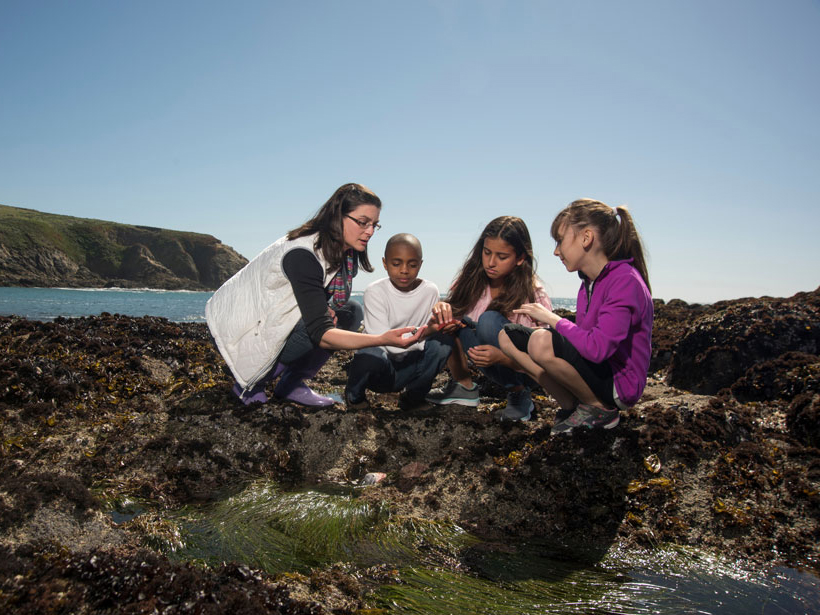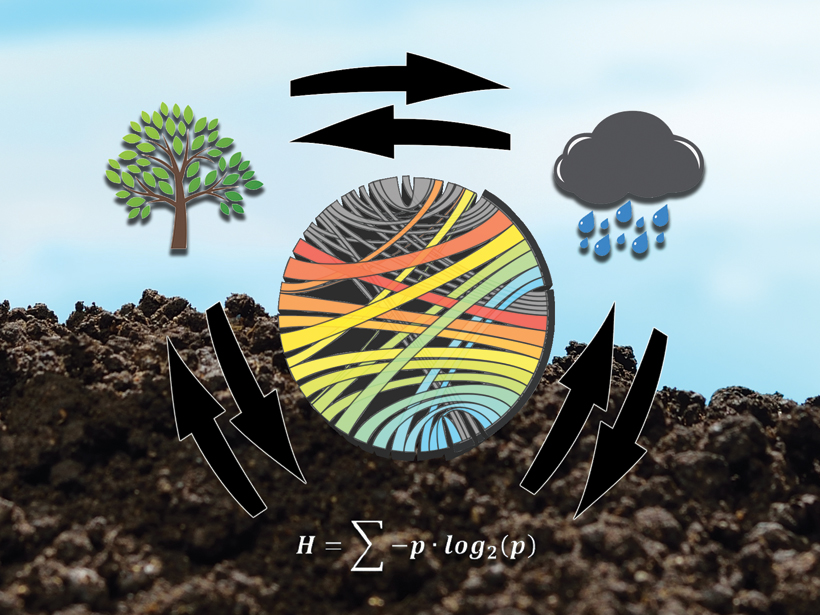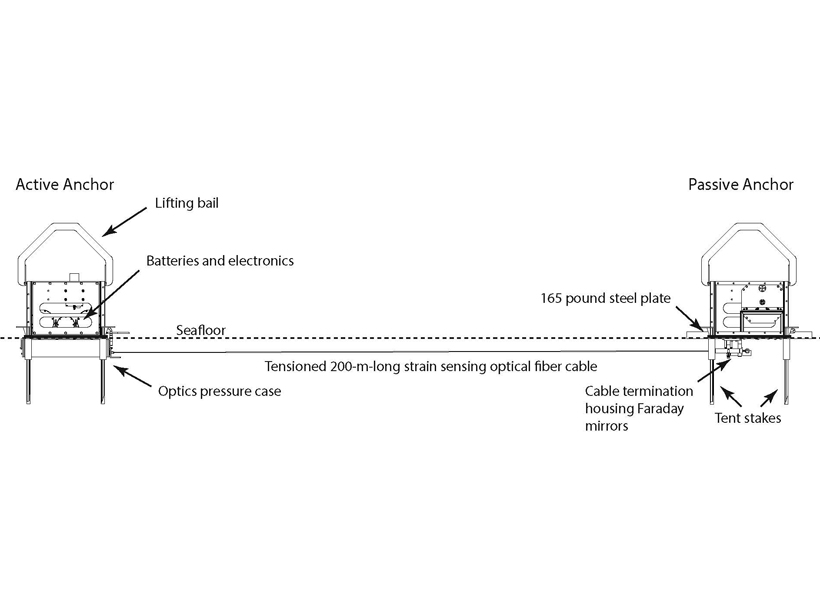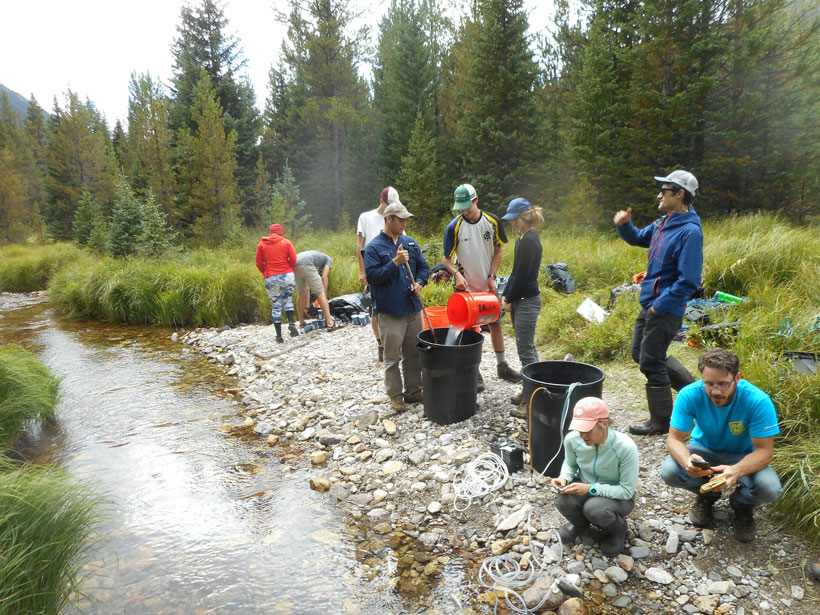Geoscientists want to engage communities and policy makers. Colleges and universities can help by embracing five core capacities.
Earth science
AGU Congratulates Its First “Celebrate 100 Grants” Awardees
The projects that these grants support showcase the far-reaching societal benefits of Earth and space science.
Enormous Impact Crater Spotted in Greenland Under Glacial Ice
Ice-penetrating radar revealed a 31-kilometer impact crater—one of the world’s largest—in northwestern Greenland that might have been formed fewer than 20,000 years ago.
Advancing FAIR Data in Earth, Space, and Environmental Science
The Enabling FAIR Data project has brought together a broad spectrum of Earth, space, and environmental science leaders to ensure that data are findable, accessible, interoperable, and reusable.
Updated Diversity and Inclusion Plan Open for Member Comment
AGU has revised its strategy to enrich discovery and innovation by building a diverse and inclusive Earth and space science workforce, and it aims to set an example for other organizations.
Using Information Theory in Earth Sciences
Second Workshop on Information Theory and the Earth Sciences; Santander, Spain, 16–19 May 2018
Hack Weeks Gaining Ground in the Earth and Space Sciences
Workshops that fuse traditional learning with Silicon Valley–inspired “hack sessions” are giving scientists a new venue to build community and sharpen their skills.
Successful Testing of Technique to Measure Seafloor Strain
A new optical fiber interferometry strain sensor tested off the Oregon coast holds promising prospects for seafloor geodesy.
Microbes Meet Geoscientists
A new collaboration brings together the two worlds of microbiology and geoscience with the common goal of improving public health outcomes.
Connecting Students and Mentors Through Local Research Hubs
An online database can help connect prospective student researchers with university faculty members and collaborative projects that need their help. Could this model work at your university?










